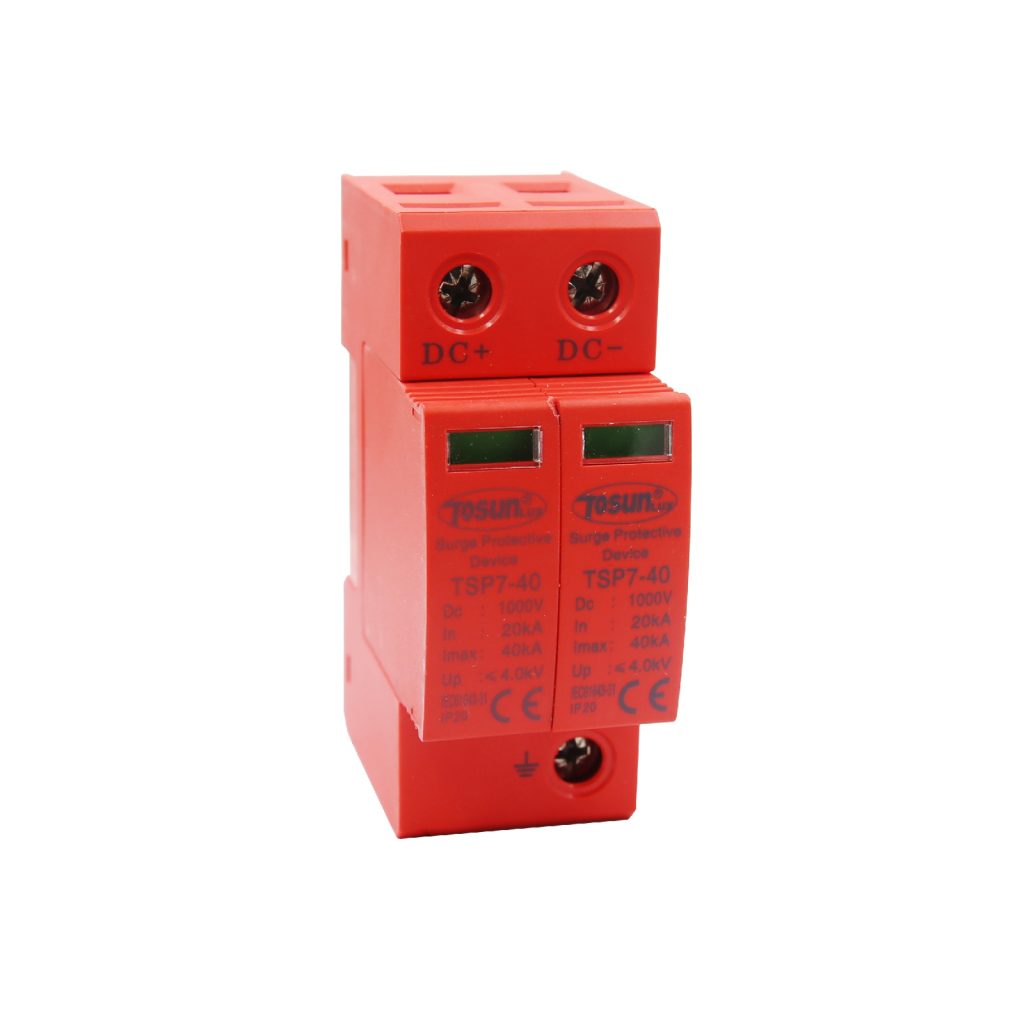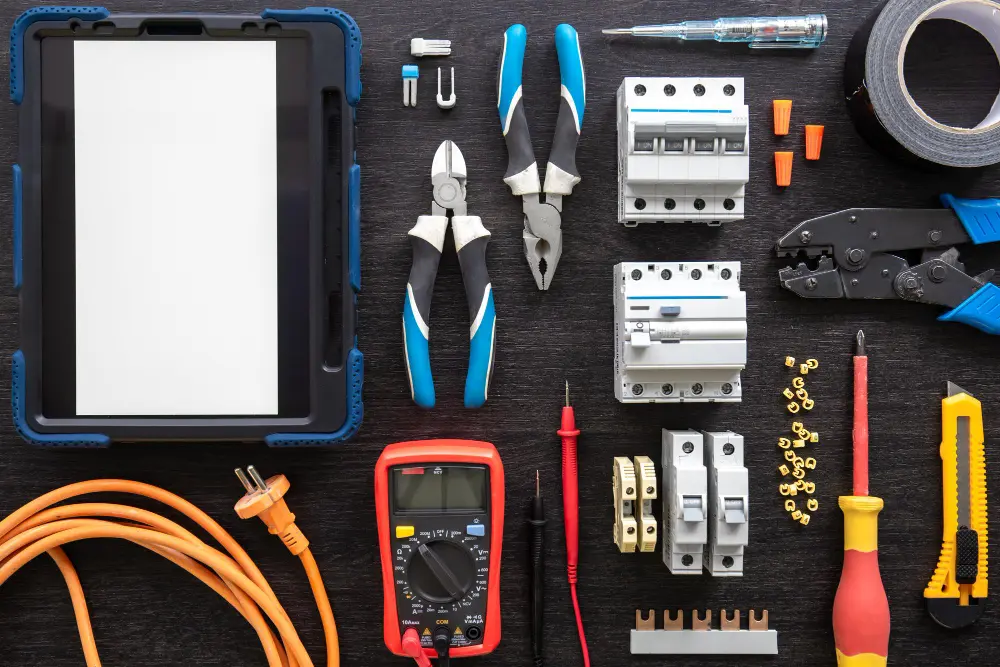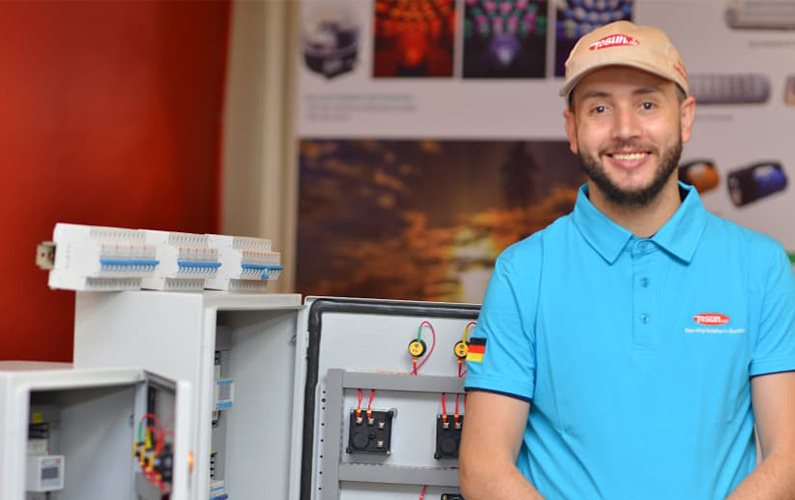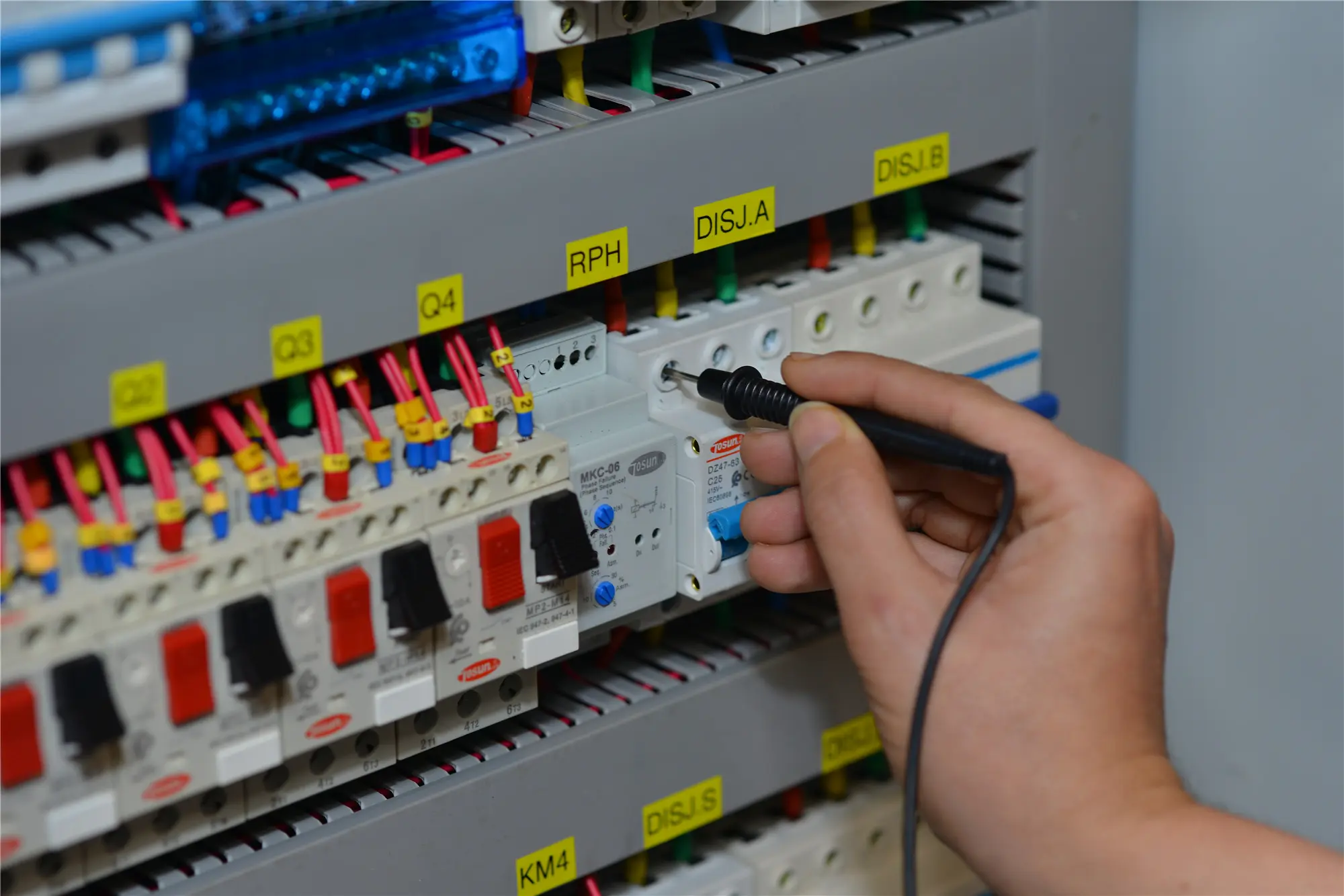What is solar PV Surge Protector? The Importance of Surge Protection for Solar Systems
Table of Contents
ToggleLightning damage is the leading cause of failures in photovoltaic (PV) and wind-electric systems, often leading to costly repairs and downtime. Surge protection helps safeguard these investments against costly repairs or system downtime.
Installing a surge protection device in your solar PV system can help protect components from damage, prolonging its life and avoiding costly repairs.
What is Solar PV Surge Protector?
Power surges are a frequent occurrence for solar panels due to their exposed placement and large surface areas that make them vulnerable to lightning strikes, which could result in equipment malfunction or property damage. What you should look out for: What is your protection?
High-performance solar surge protection is a critical design element that eliminates unwanted disturbances, downtime, and equipment repair/replacement costs. Whether you’re working with commercial or residential applications, this ensures your system runs reliably and efficiently.
Types of Solar PV Surge Protector
Surge protection is an integral element of solar panel systems. Without it, electrical surges can wreak havoc on your panels and inverters, as well as circuit control and energy storage devices.
- AC Surge Protectors
Power surges are sudden spikes of high voltage that can damage sensitive electronic equipment like computers and televisions, as well as disrupt telephone and cable lines.
Many homes and businesses install surge protection for heavy-use devices, such as air conditioning units, air fryers, microwave ovens, and washing machines. Unfortunately, these appliances may still be exposed to electricity from a mains-powered supply – leaving them susceptible to sudden spikes in voltage.
- DC Surge Protectors
DC Surge Protectors are essential elements of solar power systems. They divert voltage surges away from sensitive equipment to avoid damage or destruction.
A reliable solar DC surge protector will shield the PV system’s generator and conversion equipment from overvoltages caused by lightning strikes or network disturbances. These devices should be installed upstream of the equipment they’re protecting so that excess voltage can be diverted away from sensitive electronics before it causes any harm.
Applications of Solar PV Surge Protector
Solar PV installations are becoming an increasingly important source of renewable energy. They typically sit atop large roofs, on traffic structures, or unused open spaces in industrial and commercial buildings and are exposed to both direct lightning strikes as well as the induced surges caused by static discharges from utility power lines that run to and from these locations.
The most vulnerable components of a PV electrical system are PV panels, inverters, control and communication equipment, as well as devices in the building installation. These complex electronics contain transient voltages and currents, which may cause insulation or dielectric failures as well as costly repair/replacement expenses.
Surge Protective Devices (SPD) help eliminate or minimize disruption, downtime, and equipment repair/replacement due to lightning and other overvoltage events.
Ideal protection is achieved when the SPD is placed as close to the equipment as possible. Unfortunately, this may not always be feasible in high-power or highly sensitive applications.
Working Principles of Solar PV Surge Protector
Surge protection is a critical element in the electrical power industry, as an abrupt spike in voltage can be devastating to equipment and cause major system downtime. A surge protector plays a significant role in keeping solar systems functioning optimally.
The most commonly used surge protection for solar applications is called SPD (spsd), or surge protection device. These are devices with a high impedance state and low resistance state that can be plugged into either AC or DC lines of a PV system.
When a transient voltage exceeds the device’s design limit, the SPD enters a low-impedance state and diverts the voltage to its ground. After being diverted, it resets back to a high-impedance state.
Advantages and Disadvantages of Solar PV Surge Protectors
PV systems are vulnerable to lightning and AC utility switching transients, both direct and indirect. These voltage spikes can damage equipment and result in system outages.
Solar panel surge protection devices (SPDs) help mitigate the effects of transient overvoltages and prevent catastrophic failure. Unfortunately, they are expensive to install and run.
- Cost
PV surge protection systems are typically a small component of the total cost of a solar power system, falling under non-module and inverter hardware, installation expenses, and soft costs such as operations and maintenance.
When installing an SPD in a solar power system, it should be placed close to the equipment for maximum protection from incoming overvoltage spikes. Doing this prevents damage to circuits and the inverter; additionally, labor and maintenance costs are minimized.
- Efficiency
A surge protector for a solar PV system is essential equipment that guarantees the reliability and safety of its panels and inverter. Without adequate protection, lightning or other electrical surges can damage sensitive electronics and render them unusable.
The efficiency of a solar PV system depends on its capacity to sustain power production for extended periods and remain functional even after disruptions. The longer a PV system can remain unharmed by lightning or other damages, the more electricity it generates.
- Safety
Solar PV Surge Protectors are an essential safety element for any large-scale solar power installation. Without surge protection, all equipment that draws energy from the panels could be irreparably damaged by an abrupt voltage spike.
Even if the system itself is undamaged, you may need to replace its components or repair its equipment in order to avoid financial losses. Even if it appears that there are no damages done, replacing components or repairing equipment could potentially result in significant financial costs.
- Installation
Surge protection is an essential component of any solar PV installation, protecting sensitive equipment from overvoltage damage which could result in hardware malfunctioning and reduced output. Without it, a system’s output could suffer greatly as a result.
If you are considering installing a solar power system, it is essential to understand why surge protection is necessary and how to install it.
LSP strongly suggests installing surge protection on each solar panel’s DC output, at the combiner box for multiple panels, and at the inverter.
Established in 1994, TOSUN started out in low-voltage electrical products before expanding to lighting products. Over 24 years, the company has expanded its network by focusing on TOSUNlux; today, it consists of several companies and branches for manufacturing, quality inspection, product R&D, brand promotion, and international trading – with our factory located in Yueqing city of electrical products with an area of 13000 square meters. TOSUNlux provides reliable products with one-stop solutions for customers worldwide, with agents across 86 countries/regions.
Tel: +86-577-88671000
E-mail: ceo@tosun.com
Skype: tosunelectric
Wechat: +86-139 6881 9286
WhatsApp: +86-139 0587 7291
Address: Room No.1001 Wenzhou Fortune Center,Station Road, Wenzhou, China
REQUEST A QUOTE
WhatsApp us
 : +86-139 0587 7291
: +86-139 0587 7291 English
English Español
Español Русский
Русский Français
Français العربية
العربية Português do Brasil
Português do Brasil Українська
Українська Türkçe
Türkçe Polski
Polski Nederlands
Nederlands Italiano
Italiano Bahasa Indonesia
Bahasa Indonesia हिन्दी
हिन्दी اردو
اردو አማርኛ
አማርኛ Հայերեն
Հայերեն ไทย
ไทย Монгол
Монгол فارسی
فارسی Shqip
Shqip Ελληνικά
Ελληνικά



